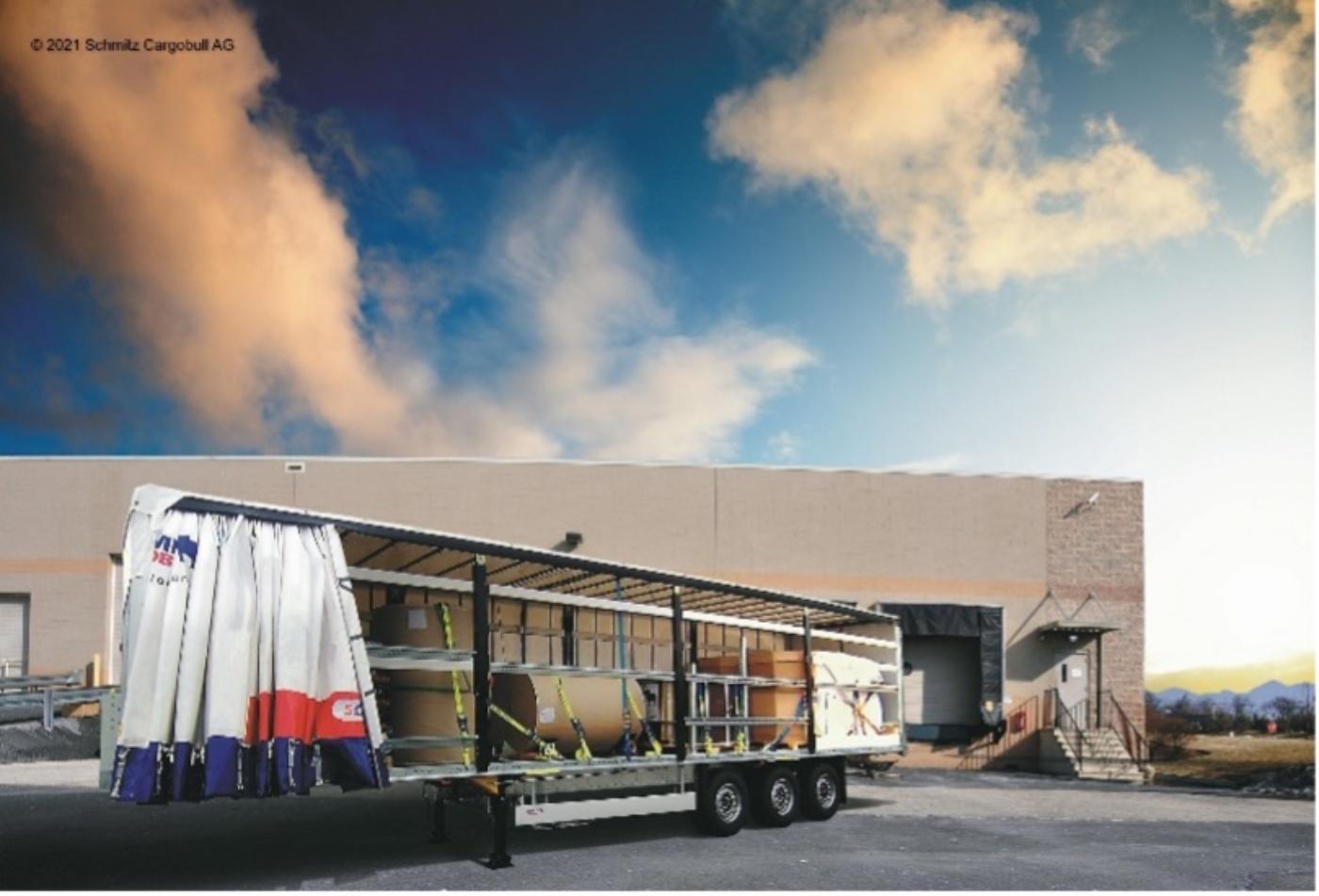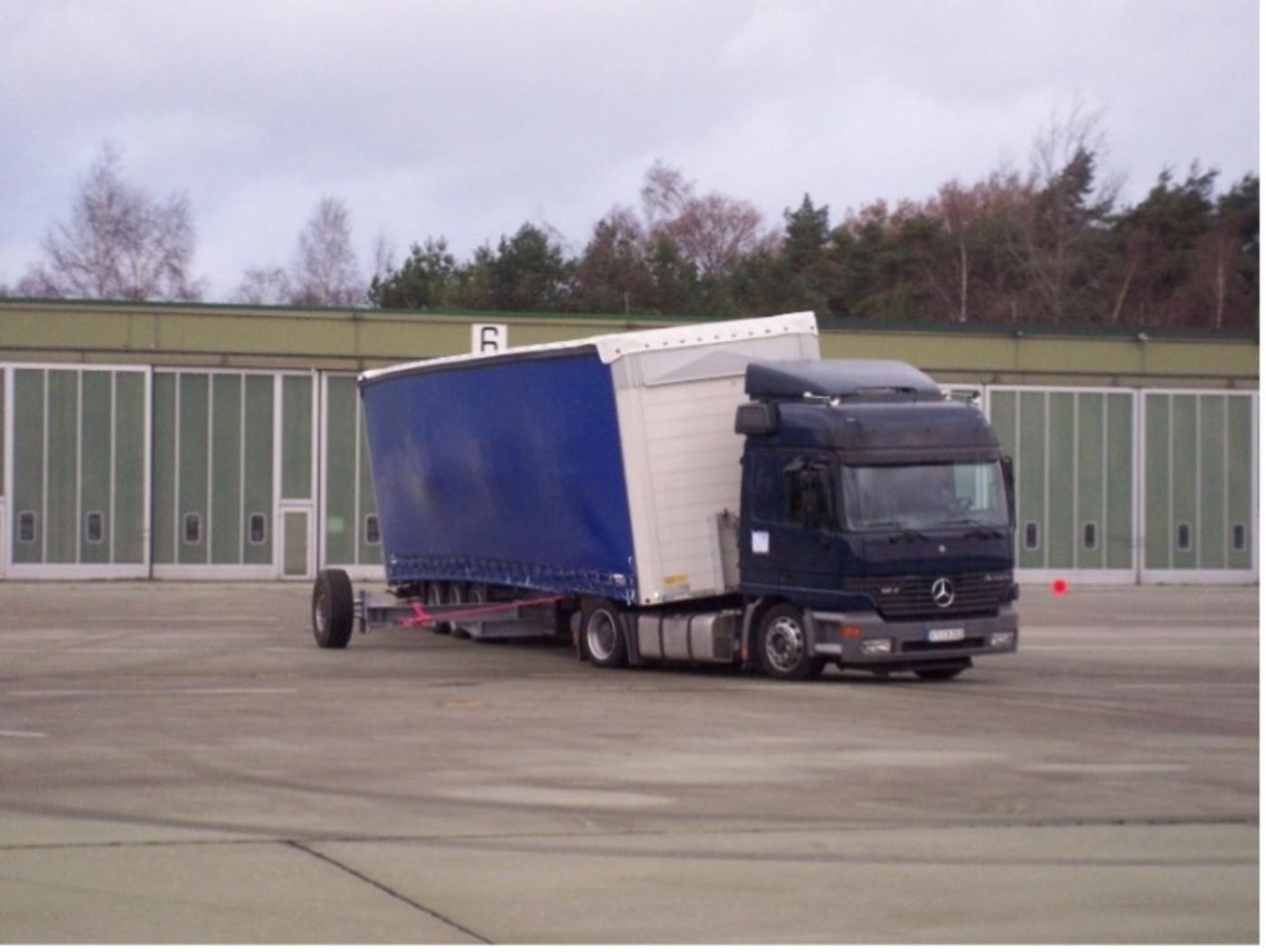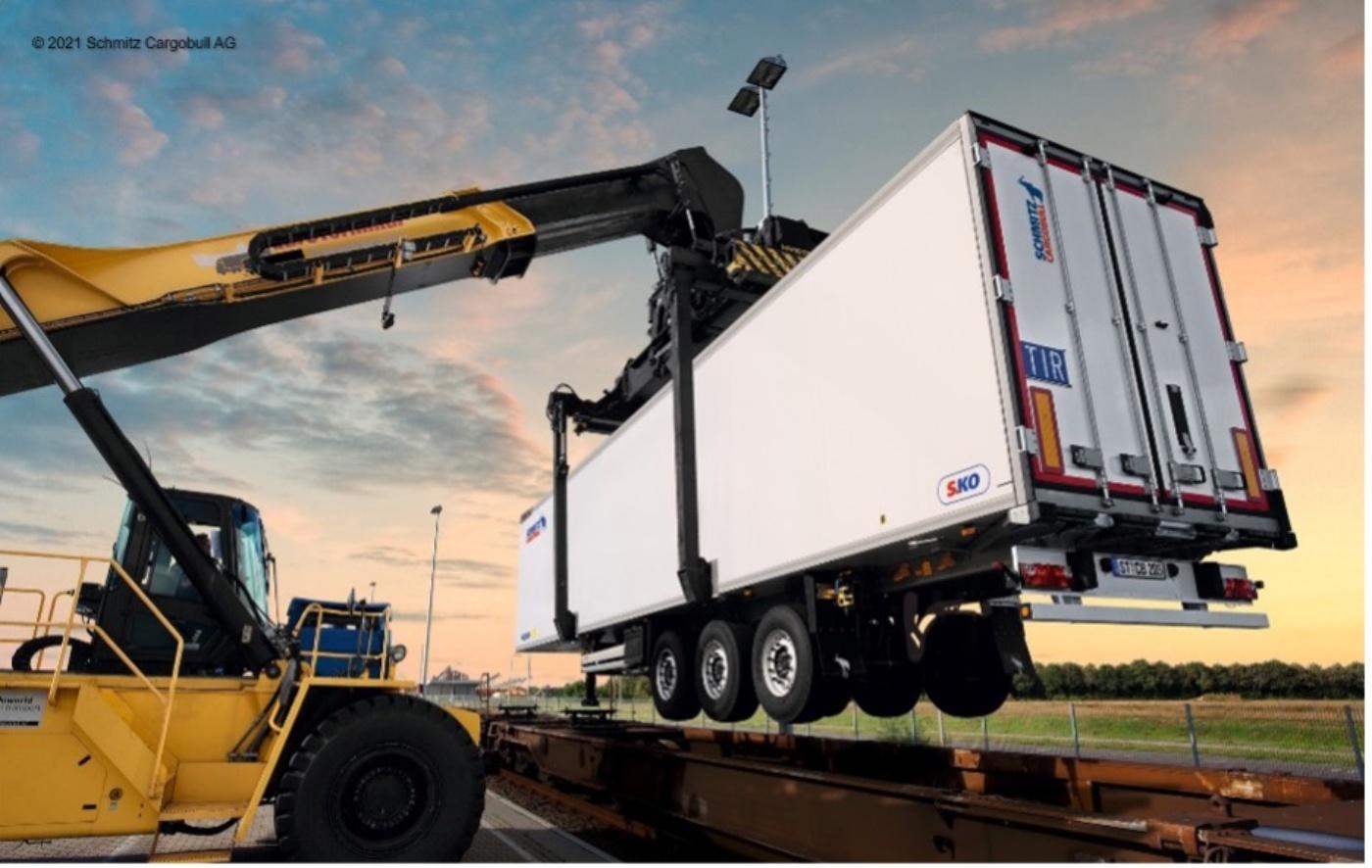
Norms and standards
Securing cargo and intermodal loading units
ISO and other standards play a central role in safety on our streets. Only with their help can interoperability be guaranteed among various carriers as well as minimum requirements and testing procedures for securing cargo.
The committee (NA052-00-38AA) deals with the following standardization topics:
- Semitrailers
- Securing cargo
- Freight containers
- Interchangeable containers.
Goods can be transported via different transport routes (road, rail, water, or air). The choice of the optimal routes for transporting from A to B is made according to economic and logistical aspects. In this context, the transport of goods in one and the same loading unit or road vehicle using two or more modes of transport, where there is a change of loading unit but no transshipment of the transported goods themselves, is called intermodal transport. In Europe, intermodal transport in which most of the distance covered is by rail, inland barge, or ocean-going ship, and the pre- and post-transport by road is kept as short as possible, is referred to as combined transport (CT). Intermodal loading units (ITE) are used for freight transport. According to UN/ECE terminology, these can be containers, interchangeable containers, and semi-trailers that are specially designed for intermodal transport.
The steady growth of combined transport is thanks to the implementation of interoperable and safe elements in the different (land) transport modes. This shift is due to the emergence of "intermodal loading units" that can be easily handled on trains, ships, barges, and trucks. The gradual introduction of maritime ISO containers into global shipping routes can be regarded as one example of a key element in the development of intercontinental trade. In Europe, similar loading units – varying in size and weight – have been developed and used in European continental supply chains such as non-ISO containers, interchangeable containers, and road vehicles (craneable and non-craneable).
Uniform regulations for load securing
The NA052-00-38AA committee is responsible for the standardization of ISO containers and intermodal loading units designed for intermodal transport within Europe, including the interoperability between the different modes of transport and minimum requirements and test methods for securing cargo. These activities include dimensions, specifications, test methods, and labels.
The creation of uniform regulations and conditions for securing cargo in road haulage and combined transport represents an important contribution to traffic safety. This also applies to the harmonization of competitive conditions, so that the same principles are applicable for inspections throughout the EU. NA052-00-38AA is responsible for norms and standards that aim toward achieving this goal.
Examples:
DIN EN 12640 (Intermodal loadings units and commercial vehicles – Lashing points for cargo securing – Minimum requirements and testing)

DIN EN 12642 (Securing of cargo on road vehicles – Body structure of commercial vehicles – Minimum requirements)

DIN EN 16973 (Road vehicles for combined transport – Semitrailer – Vertical transshipment)


Standardization, Standards and Regulations
Stephan Krähnert
National, European and International standardization for: Electric/ electronic components and systems, Artificial intelligence,,Securing of cargo on commercial vehicles, Freight containers and swap bodies, Accident avoidance and restraint systems